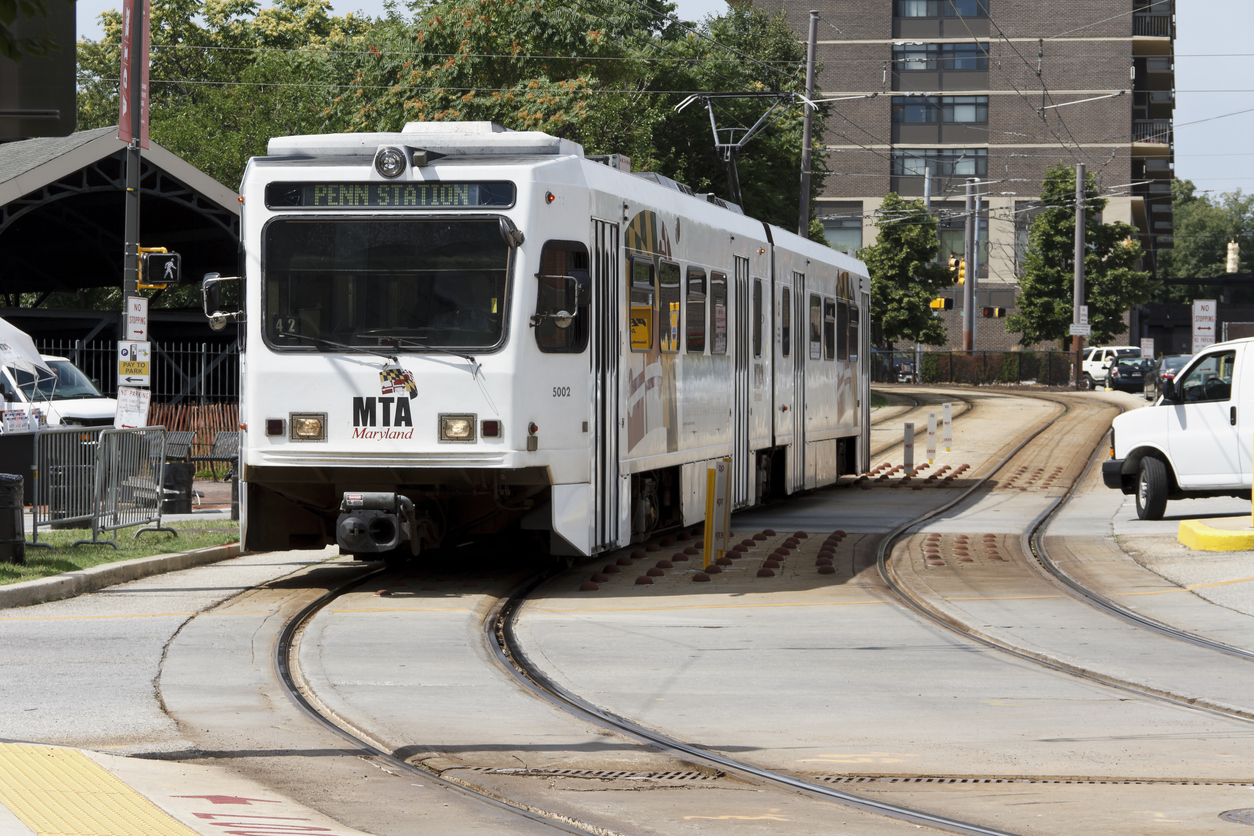
Let’s Not Politicize MTA’s Metro Problems
In February, the Maryland Transit Administration shut down Baltimore’s entire subway system for emergency repairs. In August, an independent review noted the MTA’s years of miscommunication and inadequate use of technology as the reason for the Subway Link shutdown. Instead of tackling these fundamental problems, however, MTA officials responded by announcing plans to spend almost another $1 billion to upgrade the rails.
MTA’s plans for this expensive endeavor are especially disconcerting because the agency already spent an estimated $1.5 million of public money to repair the tracks in February. Furthermore, Baltimore lawmakers used the shutdown as an excuse to pass legislation mandating a 4.4 percent increase in MTA’s $1.6 billion budget starting in 2019.
Despite these costs, Maryland Democrats blame “inadequate” funding and the Hogan administration for the shutdown. Jim Shea, a Democratic candidate who was seeking to challenge Gov. Larry Hogan at the time, even argued that transportation secretary Pete K. Rahn should resign.
However, blaming Republicans and wasting more public money will not fix the Subway Link. MTA’s problems extend back many years before Gov. Hogan took office. In general, government ownership of infrastructure such as bus and rails comes with automatic assumption of taxpayer bailouts when problems arise, which increases the frequency that problems do arise.
One can look at MTA’s history to see that. In 2014, an internal audit found that the MTA had spent millions of dollars without using the “proper verification procedure” and discovered several flaws with the agency’s financial conduct. In 2015, a former MTA official even came under criminal investigation for contracting irregularities that cost the state around $6.3 million between 2010 and 2013.
Hence, MTA’s problems are lack of accountability and transparency, and have little to do with Gov. Hogan or the level of funding. As pointed out by Brian O’Malley, president of the Central Maryland Transportation Alliance, “The public needs to know whether we’re being good stewards of this infrastructure.” The MTA needs “to have some accountability and transparency.”
According to a 2018 MTA report, MTA officials were in fact aware that the rails weren’t meeting safety standards as early as November 2016, more than a year before the shutdown this February. They found that 17 of the metro’s turns had “deteriorated to the point where no train movement is allowed.” Despite this, the MTA chose not to make repairs immediately.
The MTA also has a track record of hiding important information and leaving the public in the dark. For instance, when the Baltimore Sun requested the agency share five years’ worth of track inspection reports, MTA officials denied the request, citing an ongoing internal investigation.
It is highly doubtful that additional funding could have prevented MTA officials from ignoring the safety standards or being opaque.
Currently, the MTA is a government-mandated monopoly that outlaws competition. Officials who manage the MTA have no incentives to be accountable, as they have no personal interests in covering the costs or meeting consumer needs. As a result, the entire MTA system has a fare box recovery ratio of just 28 percent, 7 percent below its goal. Meanwhile, ridership has also declined over the years. According to the MTA website, monthly metro ridership declined from over a million in early 2016 to under 800,000 rides as of mid-2018.
So rather than allow the Subway Link to continue to operate on unsafe tracks and drain more taxpayer dollars, Maryland should consider privatizing the metro to increase competition, consumer choice, and innovation. The metro will benefit from privatization because private ownership of rails increases the focus on accountability and costs of failure, and incentivizes more careful maintenance and timely repairs.
Although full-scale privatization is unrealistic in the near future, the MTA can take lessons from what the Washington Metropolitan Area Transit Authority has done over the years and start by privatizing some of its operations to improve efficiency and cut costs.
While many try to blame MTA’s failures for Gov. Hogan’s “underfunding” of the MTA, another trillion dollars would not address MTA’s inherent flaws. Public money would be better spent on improving Baltimore City’s public schools and safety. So let’s not politicize MTA’s metro failure and try to blame Gov. Hogan. In the first place, politicians, whether Republicans or Democrats, should not be dictating Maryland’s transportation policy.





